Encouraging Conservation Through Enterprise
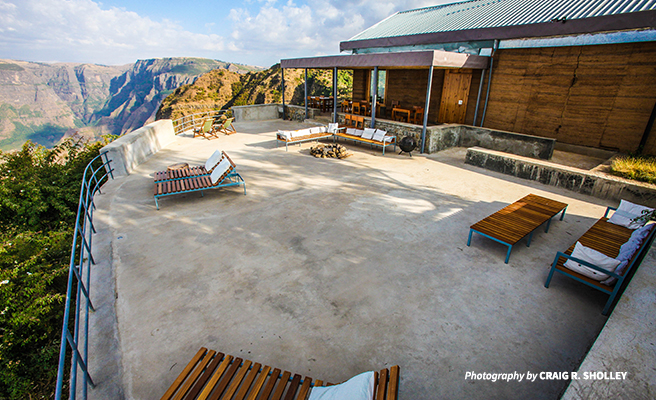
Like many of its counterparts in sub-Saharan Africa, Ethiopia has experienced significant economic growth over the past several years. The country has charted a 10.8-percent growth rate since 2005, according to the African Development Bank. Ethiopia was predicted to supplant Kenya as East Africa’s largest economy in 2016, and its gross domestic product (GDP) is estimated to hit almost $80 billion this year.
Delve beneath these numbers, however, and you get a slightly different picture. Poverty still persists in much of the country. Ethiopia’s per capita income averages $590 per person—“substantially lower than the regional average,” reports the World Bank. (In comparison, the per capita income for Kenya was $1,340 in 2015.) Further, despite being the second most-populous country in Africa, Ethiopia remains the least urbanized.
That’s certainly the case around Simien Mountains National Park in northern Ethiopia. “There’s minimal infrastructure in this area,” observes Dave O’Connell, a Pennsylvania business owner who visited the Simiens last year with his wife. “It’s really different from the other natural areas we’ve been to in Africa. You don’t stop and get a soda. There is no gas station, no landing strip for small planes.”
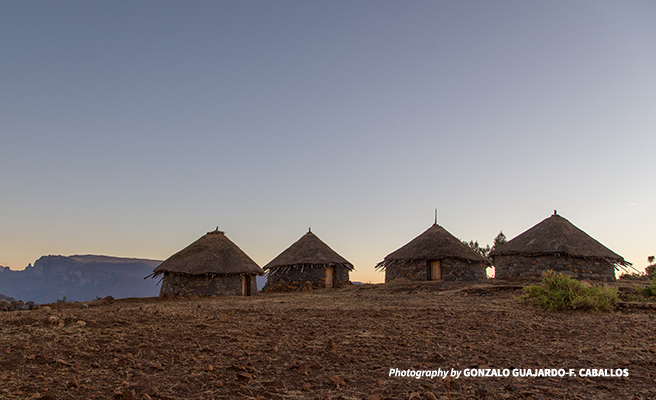
Local communities live in basic conditions in this remote, mountainous landscape. Having limited income opportunities, residents engage in livestock keeping and subsistence agriculture to survive. These activities frequently encroach upon—and even occur inside—the park, degrading the ecosystem and putting pressure on wildlife populations.
Way to grow local incomes
The Simiens are important to global biodiversity. The park is the only nature-based World Heritage Site in Ethiopia and is an Important Bird Area. Some of the park’s wildlife are found in few other places on Earth. The endangered walia ibex, a wild mountain goat, lives only in the Simien Mountains and its surrounding area. The gelada monkey is endemic to northern Ethiopia. The Simiens population of the Ethiopian wolf, the most endangered canid in the world, is the second-largest populations in Ethiopia.
Given these factors, conserving this area—and protecting it from continued degradation—is critical. And with people playing such a significant role in the landscape’s degradation, their involvement is necessary to better protect the park. But how do you encourage conservation in a place where people are struggling just to survive?
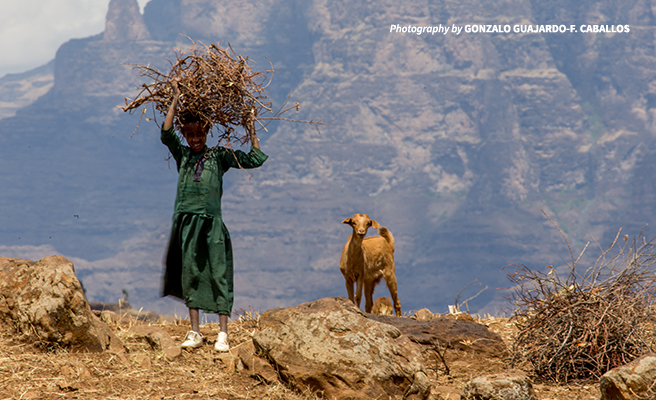
In AWF’s experience, conservation-based enterprises have served as an effective way of both growing local incomes and fostering community appreciation for the natural environment. AWF’s earliest enterprise work leveraged gorilla tourism in Rwanda, where we helped establish a lodge outside of Volcanoes National Park that shared a percentage of its revenue with the local community. The community, which had at one point viewed mountain gorillas as pests, has since come to value the species for bringing steady income to the area.
Homegrown entrepreneurial spirit
Featuring stunning vistas and unique wildlife, Simien Mountains National Park was ripe for a similar effort, leveraging income generation from nature-based tourism to enhance conservation locally.
AWF’s conservation enterprise work had undergone an evolution in the years since the gorilla tourism lodge, so we approached this enterprise development from a slightly different angle this time. Previously, AWF had primarily established conservation lodges by acting as a broker in between a private sector operator and a community. We helped create a long-term agreement between those two parties whereby the community owned the land and lodge, the private company operated the lodge and both shared in revenues.
In some landscapes, this arrangement is still a viable option for fostering conservation success. But it doesn’t always take advantage of some of the homegrown entrepreneurial spirit that is overtaking Africa.
In the Simiens, for example, a longtime Ethiopian trekker guide by the name of Shiferaw Asrat had been thinking about building a lodge. Tourists staying in the park had only rudimentary camping options or a single lodge to choose from.
“Facilities in the park are very basic,” Shiferaw says. “When there are large numbers of tourists, campsites become overcrowded. As a trekker guide, any complaints that I got were nearly always about the condition of the campsites.”
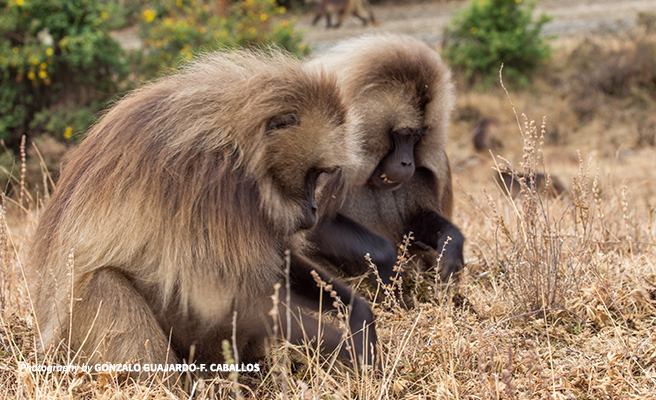
Shiferaw dreamed of a lodge that would cater to a slightly higher-end crowd that would enjoy the natural wonders of the Simiens but would welcome a bit of pampering after a long day of trekking.
Shiferaw and his business partner Meles Yemata also felt strongly about the need to employ local community members in both the lodge construction and lodge operations. This way, they could provide employment to neighbors and potentially create more income-generating opportunities.
Shiferaw adds, “One of my aims was also to make the people living in this area more environmentally conscious, and for them to see value in a beautiful environment.”
Shiferaw and Meles had picked out the perfect location, situated near a community that typically did not receive benefits from the park. They just needed financing to build the lodge.
Beautiful ecolodge
They received that financing from an investment fund established by AWF, which company evaluated the lodge’s business, conservation and socioeconomic opportunities and determined it to be a good investment.
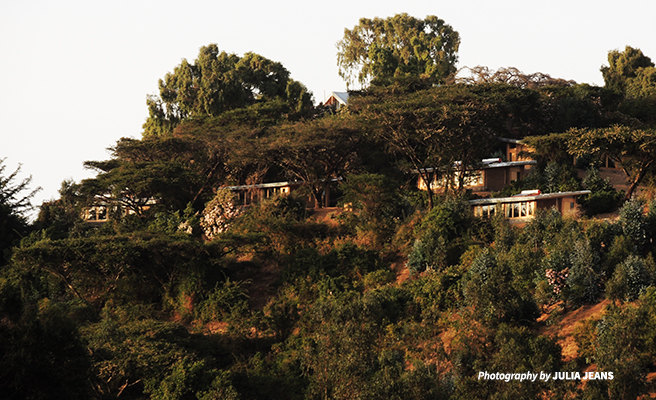
Today, Limalimo Lodge is no longer just a dream but a simply designed, beautiful ecolodge owned by Shiferaw and Meles and operated by Shiferaw and his wife, Julia Jeans, who is also the lodge operations manager. As originally imagined, the lodge employed a number of local residents—about 200 in total—in the construction. Many of them are now employed as hotel staff (the lodge provides employment to 33 staff from the neighboring communities).
But Limalimo’s impacts go far beyond employment. The lodge is purchasing much of its produce from the farmers who operate just outside of the park. It is working with them to grow new types of vegetables to supply to the lodge. “There are also two tuk-tuks that we use a lot of the time, especially for staff transport,” notes Jeans. “They will have seen a significant difference in income due to Limalimo.”
Finally, under an arrangement with AWF’s impact investing subsidiary, the lodge also provides a revenue stream that benefits an area primary school supported by AWF.
From a conservation standpoint, Shiferaw and Jeans note that lodge staff members understand the importance of conservation. “One of the largest conflicts is the grazing in the park, which has now been zoned in several areas,” explains Jeans. “Our staff police this themselves when they see animals being grazed in areas that are not allocated for grazing.”
Worth protecting
Time will tell how conservation continues at Simien Mountains National Park, particularly around Limalimo Lodge. “Limalimo Lodge is opening up an alternative area of the park that so far has seen little tourism,” says Shiferaw. “For visitors to get the most out of the park in this area, the local community—beyond the lodge staff—needs to understand the importance of looking after their surroundings and the benefit this can bring them. By involving the community and being in continued dialogue with them, we hope that we can bring this message across.”
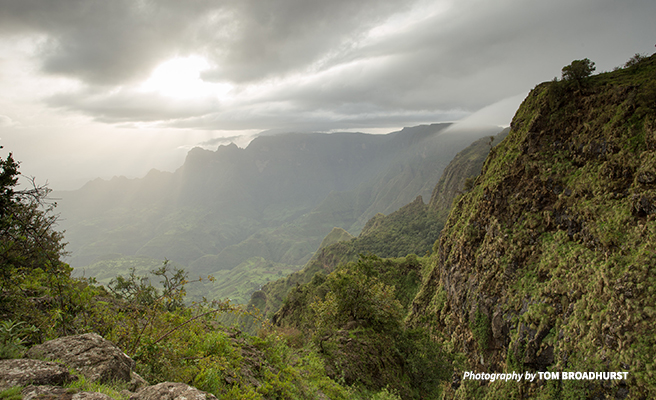
And if the experience of Dave O’Connell and his wife, Karen Aydt, is any indication, the park is certainly worth protecting.
O’Connell and his wife had scheduled a lot of cultural site visits in Ethiopia, and “I was actually concerned about being disappointed in the nature aspects,” O’Connell says. But, he says, “it’s really beautiful, that park. It is like going to the Grand Canyon, but without the hordes of tourists. At the same time, you do have indigenous creatures, like gelada monkeys and birds.”
This article is the fourth installment of a series examining AWF’s holistic approach to conservation in the Simien Mountains. Read the first article for more on the overarching strategy that drives our work, the second article to see how AWF is linking conservation with education in this remote landscape and the third article to learn how AWF is partnering with the wildlife authority to protect this World Heritage Site in Danger.
